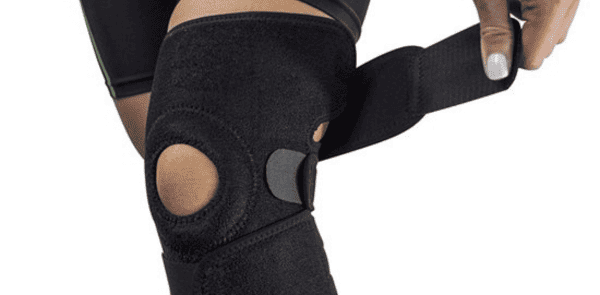Picture a swift soccer player pivoting on the field or a snowboarder carving down a slope. Amid these actions lies a silent hero: the Anterior Cruciate Ligament (ACL).
In this brief exploration, we will unravel the mysteries of this vital knee component. We’ll understand how it empowers you to run, jump, and conquer dynamic movements. Read on and join us as we delve into its wonders, including the need for an ACL knee brace.
Understanding the Anterior Cruciate Ligament (ACL)
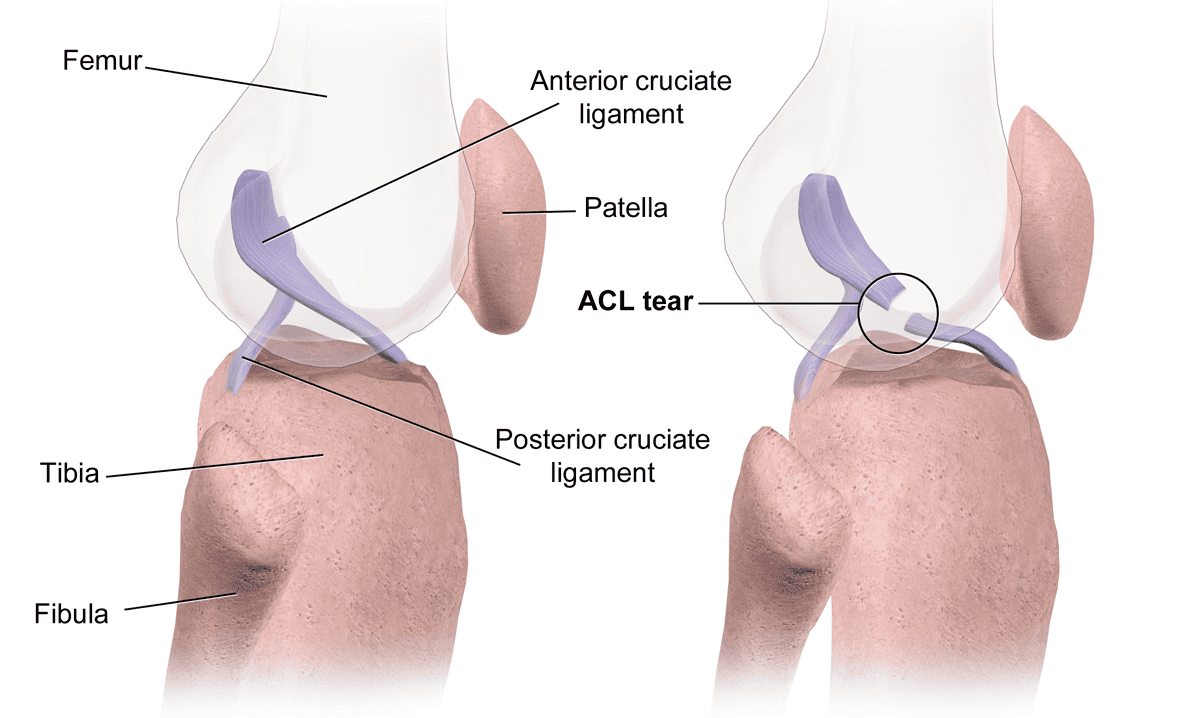 (Image Credit: Wikimedia Commons)
(Image Credit: Wikimedia Commons)
At its core, the Anterior Cruciate Ligament is the knee’s guardian of stability. The ACL is positioned within the joint like a resilient band. It runs diagonally from the thigh bone (femur) to the shin bone (tibia).
Think of it as nature’s suspension system. It’s pivotal for maintaining balance during activities like:
- running
- jumping
- sudden changes in direction
Imagine a bridge that steadies two dynamic land masses – that’s the ACL for your knee. Visualise its crucial role in preventing excessive forward movement of the shin bone. And this, in return, ensures your knee functions smoothly and safely.
Functions of the ACL
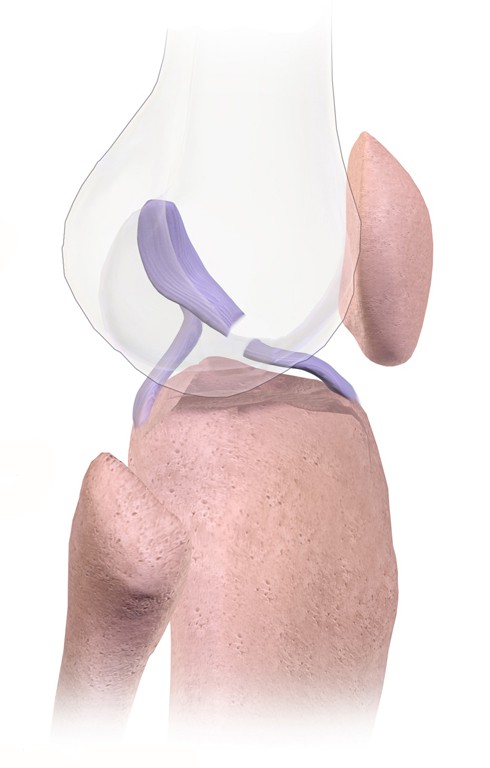 (Image Credit: Wikimedia Commons)
(Image Credit: Wikimedia Commons)
The ACL’s functions are precision personified. Its role is to halt the tibia from sliding excessively forward in relation to the femur. Think of it as a guardian against unwanted knee wobbles. Yet, it’s not a solo act. The ACL works with other ligaments, like the Posterior Cruciate Ligament (PCL). Together, they create a choreographed balance.
These ligaments are the conductors of knee stability, ensuring harmonious movement. Activities such as running and leaping call upon the ACL’s prowess. For one, orchestrating flawless performances that grant you agile control and graceful motion.
Common ACL Injuries
ACL injuries are a stark reality. This is particularly the case among athletes and those embracing an active lifestyle. The stats underscore the vulnerability: sprains, partial, and complete tears. And all these collectively account for a significant chunk of sports-related traumas.
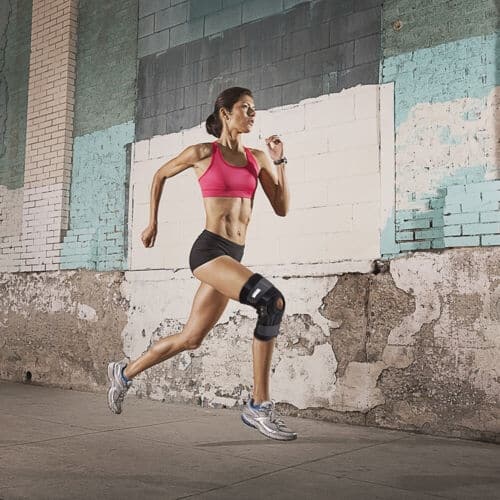
Picture a sudden halt during a sprint, a pivot gone awry, or an overextension during a landing. These seemingly innocuous motions can, unfortunately, spell disaster for the ACL. It’s the sudden stops, twists, and hyperextensions that put the ligament at risk. As a result, this often causes it to stretch beyond its capacity or even tear. An overstretched knee sets a prime example.
This is where a knee brace for ACL injury comes into the picture, which we’ll talk about more later.
Impact and Consequences of ACL Injuries
An ACL injury brings a cascade of unwelcome consequences. Pain and swelling become uninvited companions, limiting movement and disrupting life’s rhythm.
Beyond physical discomfort, the impact extends to daily routines and athletic aspirations. The simple joy of a morning jog or a competitive game dwindles as function is compromised. A profound shift in the quality of life follows, robbing individuals of the vigour they once knew.
Worse still, untreated ACL injuries heighten the risk of long-term osteoarthritis. This sets the stage for future joint discomfort. Hence, vigilance in managing such conditions echoes not only in immediate relief. But also in securing lasting mobility and well-being.
Prevention
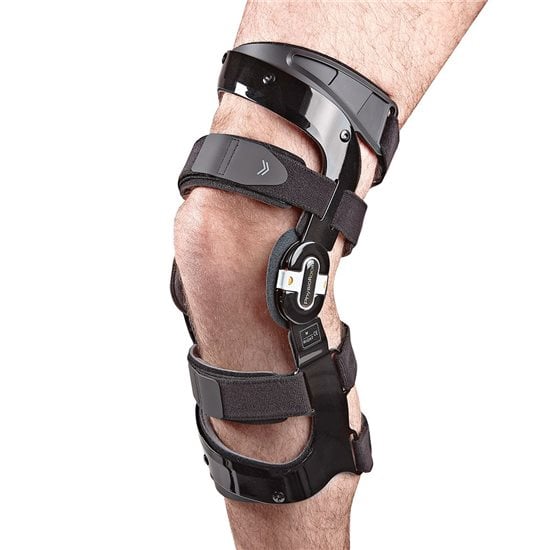
Shielding your ACL is a mission within reach. Start with a warm-up routine to prep your muscles for action and decrease injury odds. Incorporate strength training, focusing on your core and lower body. Doing so will fortify your knee’s support structure.
Equally critical is technique. Make sure you’re employing proper movements during workouts and sports. Maintain form to alleviate undue stress on your ACL.
Diversifying your regimen with cross-training activities can foster all-around strength and balance. Great examples are swimming and a simple yoga routine, which can curb the risk of strain.
And don’t overlook the power of a Physioroom knee brace for ACL. An ACL brace is a safeguard that aids your ligament’s resilience. Remember, it’s the fusion of these measures that forge a shield of protection.
Diagnosis and Treatment
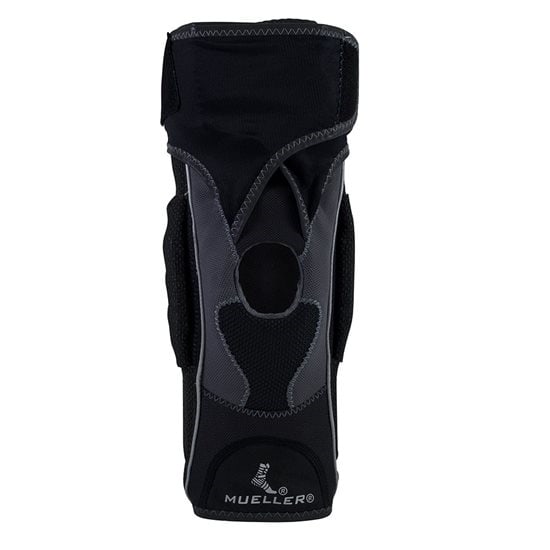
Diagnosing ACL injuries requires a multi-pronged approach. Doctors begin with a physical examination. They assess the knee’s stability and range of motion.
Patient history also plays a vital role in understanding the injury’s context. Imaging, often through MRI, provides a detailed view of the ligament’s condition. Treatment avenues diverge based on severity. Non-surgical routes involve physical therapy to strengthen supporting muscles. Moreover, the use of ACL knee braces to aid healing.
In more severe cases, surgical intervention – ACL reconstruction – restores stability. The choice between surgery and non-surgery hinges on factors like:
- activity level
- age
- the extent of the injury
Expert advice guides this pivotal decision, steering the path toward optimal recovery.
Recovery and Rehabilitation
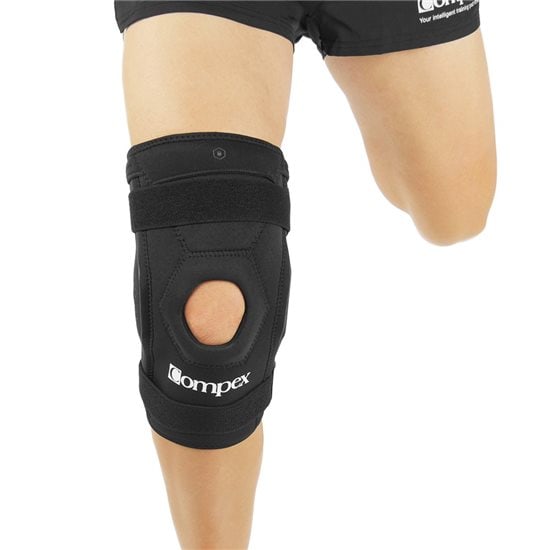
After ACL surgery, a structured recovery unfolds. Initial rest, coupled with ice therapy and elevation, reduces swelling. Physical therapy ensues, focusing on regaining strength, flexibility, and range of motion. For one, utilising a bionic knee brace throughout the process. Gradual reentry into activities comes under professional guidance.
Crucial to success is adherence to medical advice. Furthermore, to rehab protocols and avoid overexertion. Patience is the cornerstone – each step contributes to long-term well-being.
Expect fluctuations; progress isn’t linear. Stay motivated by setting achievable milestones and celebrating small victories. Connect with a support network for encouragement. Remember, recovery is a marathon, not a sprint. The finish line is a robust knee, primed to embrace movement with renewed vigour.
Round-up
In the intricate architecture of our bodies, the ACL takes centre stage. Nurturing the ACL demands caution and care, from warm-ups to form perfection. Embrace its rehabilitation journey with diligence, honouring medical guidance and protocols. Patience and perseverance become allies as recovery progresses. Ultimately, the right knee brace for ACL tear is key.
For those seeking a safeguard for their ACL, explore our range of ACL knee braces. Discover the Physioroom Hinged Knee Brace with Removable Splints. It has been designed for ACL rehabilitation and patella stability. Peruse our selection, including patella straps, to fortify your journey toward resilience. Your well-being is our priority, and our products are designed to accompany you every step of the way!
What you should read next: How to Tape a Knee


